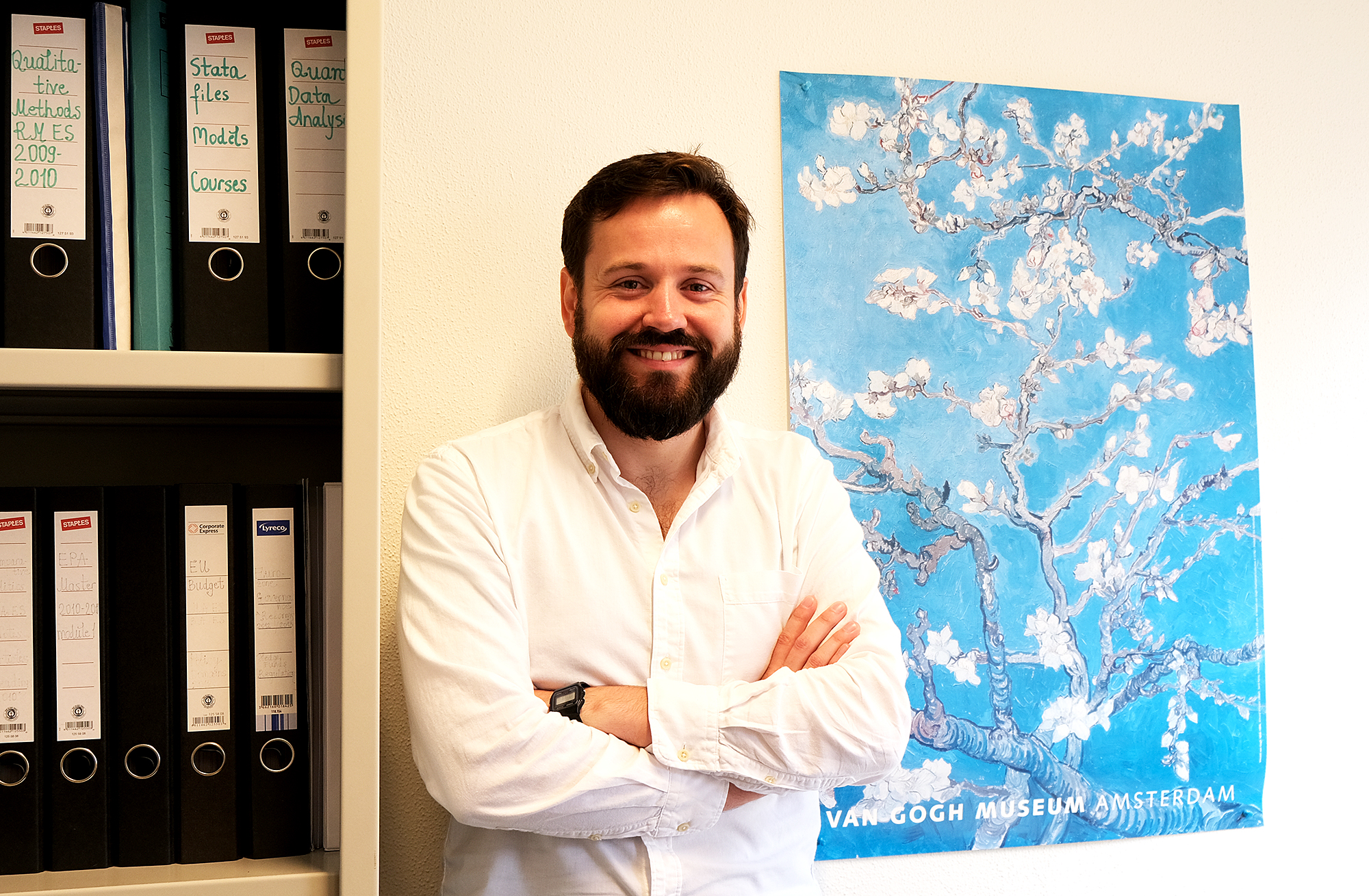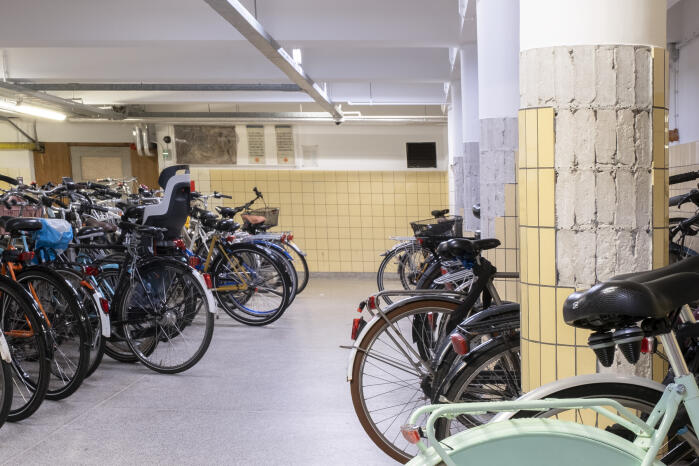Risk-based obstetrics care in Limburg is bearing fruit
A reduction in the number of children born with a serious complication and an annual savings of 22 million euros in healthcare costs: these are the benefits of the Limburg network approach and a predictive computer model to prevent pregnancy complications. By identifying an individual’s pregnancy risks more effectively, many problems can be prevented for newborns and expectant mothers throughout the Netherlands. This has been shown in research by Pim van Montfort, who obtained his PhD at Maastricht University on Wednesday, 19 February.
Gestational diabetes and preeclampsia, premature birth and oxygen deprivation: these are just a few examples of serious complications that can occur during pregnancy (and which could possibly even result in death). Nevertheless, people in the Netherlands assume during a first pregnancy that everything will go well, though this is not the case with everyone. With tailor-made care and preventive measures, the risks can be reduced. Therefore, a predictive computer model has been developed at Maastricht UMC+ to make a thorough risk assessment for those who need extra advice or treatment—and with successful results, as it has now been shown.
Risk reduction
The computer model is now being implemented throughout the province of Limburg. There was sufficient data (from about 800 pregnant women) available to the Maastricht researchers, which enabled them to draw valid conclusions about its effectiveness. The most important: a reduction of almost 45% in the risk of serious complications with the first-born child. Serious complications include oxygen deprivation or admission to the neonatal intensive care unit, but death within seven days is also included. In absolute numbers, 88 babies suffer from such complications (and the long-term consequences) every year in Limburg (out of a total of approximately 8,000 births annually). In the Netherlands as a whole, this would potentially involve almost 2,000 babies (out of a total of approximately 170,000 births annually).
Healthy pregnancy
But also the risk of preeclampsia or diabetes in the mother can be reduced, for example. The model mainly takes into account lifestyle factors such as BMI, blood pressure, smoking, etc. The model then gives recommendations on how to provide tailor-made care. Apart from recommendations to stimulate healthier behaviour, other specific recommendations can also be given. “For example, aspirin or calcium supplements can be prescribed if there is an increased risk of preeclampsia”, says gynaecologist Dr Liesbeth Scheepers. “The important thing is that, together with the pregnant woman, we look for a way to have the healthiest possible pregnancy.”
Savings on healthcare costs
In addition to health gains, the use of the computer model also leads to savings in healthcare costs. The researchers calculated that the average savings is 2,766 euros per birth. When calculated for Limburg, this is more than 22 million euros per year. If every midwife and gynaecologist/obstetrician in the Netherlands were to use the model, the potential savings would be even greater. “For successful implementation in other regions, as well as in Limburg, good cooperation between professional groups is a precondition”, says epidemiologist Prof. Dr Luc Smits. “In addition, regional differences in the available healthcare provisions and the population, for example, must also be taken into account. The results in Limburg indicate how valuable cooperation and prevention can be.”
In Limburg, all obstetric care providers work together in the LOQS (Limburg Obstetric Quality System) programme. More information about the research and the Limburg approach can be found at www.zwangerinlimburg.nl.
Source: Maastricht UMC+
Also read
-
The 2024 Turriano Prize from ICOHTEC (the International Committee for the History of Technology) was awarded to Jacob Ward’s book Visions of a Digital Nation (MIT Press, 2024). The Turriano Prize recognises the best first book by an historian of technology.
-
The Grote Gracht is richly lined with historical buildings that conceal remarkable stories. Once again, our “hidden gem” is located on this street in Maastricht, this time at number 76: the (bike) cellar.
-
Since Hungary took over the rotating presidency of the EU Council on July 1st, its Prime Minister Viktor Orbán has embarked on a widely criticized peace mission for Ukraine, including meetings with leaders of Russia and China. This has led to much speculation about what the next six months of the...


